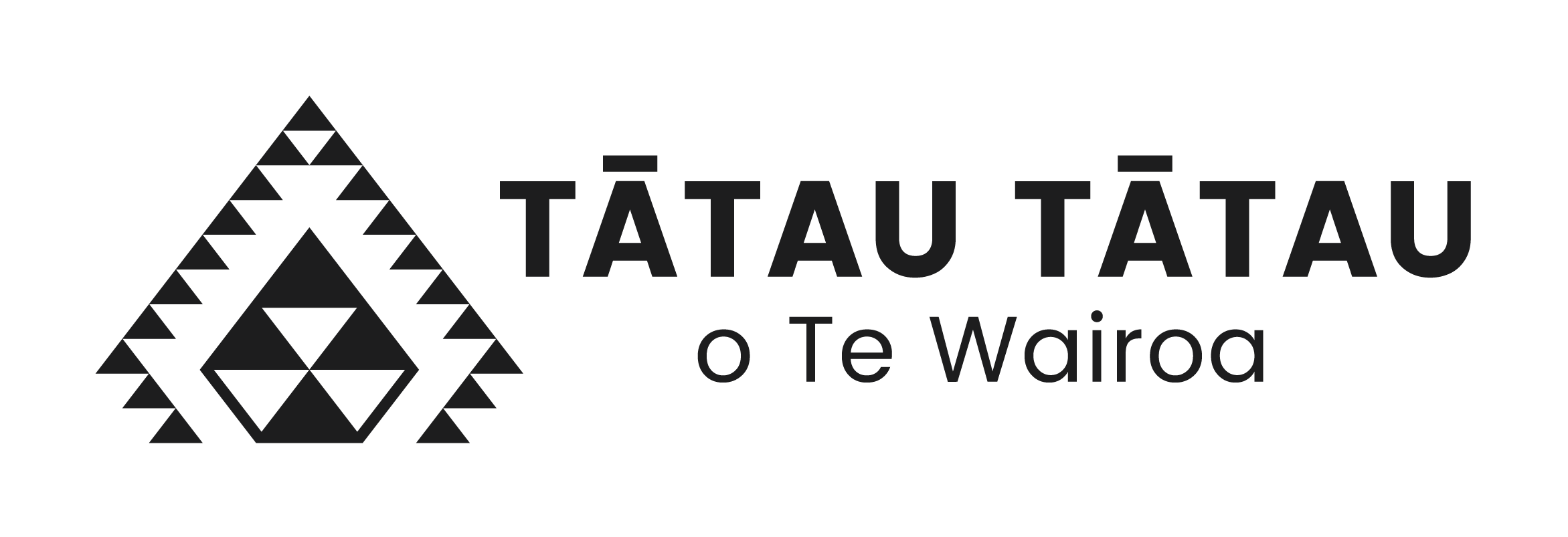Our Settlement journey has been ongoing for more than 30 years. Our elders began the process back in the early 1980s, lodging historical Treaty claims with the Waitangi Tribunal for the area between Tūranganui-a-Kiwa and Mōhaka (the ‘Wairoa Inquiry District’).
In 2002 iwi and hapū with interests across the Wairoa rohe came together at Rangiāhua Marae to discuss how to collectively resolve historical Treaty of Waitangi claims against the Crown.
Our whakapapa and whanaungatanga helped us to work together. The iwi and hapū group was initially known as ‘The Wairoa Inquiry District Working Group’ until it was renamed Te Tira Whakaemi o Te Wairoa (Te Tira).
Through seven clusters of iwi and hapū groups across the region, Te Tira collectively represented approximately 34,000 people.
It took three years of intense discussion and consultation to decide that the best course of action was to progress through direct negotiations with the Crown.
In 2005 Te Tira began to formally interact with the Crown in setting the foundations for negotiations, and by 2009 had achieved a mandate to officially enter into negotiations.
Over the following five years, the Deed of Mandate was recognised by the Crown, terms of negotiation agreed, and then an Agreement in Principle signed in 2014.
Settlement negotiations finally finished in 2016 and we held an extensive ratification voting process for our Iwi and Hapū to approve the Deed of Settlement and the Post-Settlement Governance Entity (PSGE), Tātau Tātau o Te Wairoa.
We received overwhelming support from our people, who voted to approve the Settlement and then came out in force for our official signing ceremony in Wairoa on 26 November 2016.
The Iwi and Hapū of Te Rohe o Te Wairoa Claims Settlement Bill had its first and second reading in Parliament on 15 March and 20 December 2017, which was well-attended by whānau.
On 6 September 2018 we celebrated the third and final reading in Parliament, where our settlement was enacted and became law. This was a historic occasion for all our iwi, hapū, and whānau, the culmination of many, many years of hard work that our tīpuna started.
Once our settlement became law, we engaged with our members to confirm the final asset and representation arrangements for Tātau Tātau o Te Wairoa. This was presented to members via a series of engagement hui across Aotearoa, and all adult registered members were able to cast a Special Resolution vote on how we manage our settlement assets. You can read more about our final representation and asset arrangements here.
On 12 November 2018 (Settlement Date), we received the Settlement Redress from the Crown.
On 30 November 2018, the result of the vote on our final representation and asset arrangement model and required Trust Deed Updates, showed that 91.87% of those who voted, voted to approve the Unit Trust Model and Kāhui Representation.
Tātau Tātau o Te Wairoa Trust
Tātau Tātau o Te Wairoa has 14 Initial Trustees, who will play an important role in ensuring we build a solid foundation for future growth and development opportunities.
Our Iwi and Hapū elected our Initial Trustees, with each of the seven Kāhui (clusters) within Te Tira voting for one Ahi-Kā Trustee and one general Trustee to represent their Kāhui.
Our initial Trustees are:
- Phillip Beattie
- Bubby McGregor
- Huia Huata
- Carwyn Jones
- Heta Kaukau
- Oha Manuel
- Carmen Morrell
- Pieri Munro (Deputy Chairperson)
- Richard Niania
- Pauline Symes
- Moana Rongo
- Apiata Tapine
- Johnina Symes
- Leon Symes (Chairperson)
Our Trust’s beneficiaries are whānau, hapū and iwi who whakapapa to the ancestral waka of Tākitimu and Kurahaupō across Te Rohe o Te Wairoa.
All whānau who whakapapa to our Iwi and hapū are encouraged to register as members of Tatau Tatau o Te Wairoa. Register online
Our Settlement
The redress Te Tira has agreed with the Crown includes:
- An Historical Account, Acknowledgment and Apology
The Historical Account covers the historical relationship between the iwi and hapū of Te Wairoa, and the Crown. This will stretch from 1840, through the New Zealand Wars, the “Four Southern Blocks”, the Tairawhiti Māori Land Board, Crown purchasing and natural resource interference, to socio-economic developments. - Cultural Redress
Cultural redress relates to sites of significance for hapū and iwi. Redress might mean a return of some sites to iwi, hapū and marae. - Commercial Redress
Financial ($100 million) less the purchase price of Crown assets – also known as ‘quantum’.
The map above shows the rohe of the Iwi and Hapū of Te Wairoa.
Read our Deed of Settlement.
